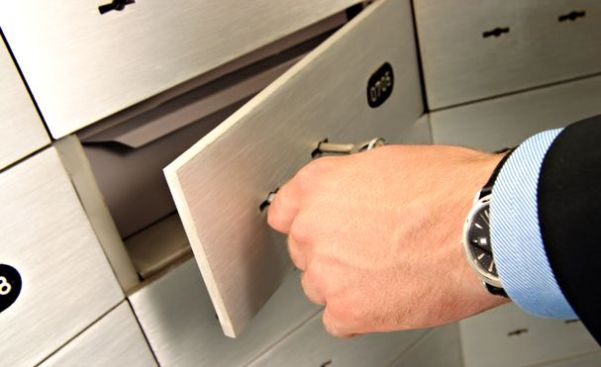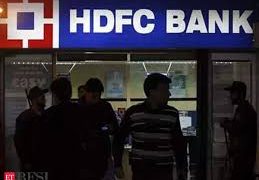Bank locker rules: Do you have a bank locker or are you considering opening one? This article is essential for understanding the intricacies and your entitlements as a customer.
Also Read– FASTag KYC: NHAI likely to extend deadline for ‘One Vehicle, One FASTag’ initiative till March-end
The objective is to provide comprehensive understanding regarding bank locker agreements, associated charges, pertinent fine print, and rights as customers.
Bank locker rules: 5 things to know
The primary point to grasp is that individuals can open a locker at any bank, regardless of whether they hold an existing banking account there or not. Even if you have no prior relationship with a bank, you are still eligible to obtain a safe deposit locker. For instance, suppose you maintain your salary account at Bank A, your savings at Bank B, and there’s Bank C nearby where you have no affiliations. In such a scenario, you can still approach Bank C. While you’ll need to complete the KYC process, you can still secure a bank locker at that specific bank.
Another common issue, which many people encounter, is when banks inform them that no lockers are available. However, following the change in RBI norms in August 2021, banks are now obligated to maintain a record of vacant lockers as well as a waitlist of customers. Therefore, when you apply for a locker at a bank, they are required to acknowledge your application, respond to it, and either allocate you a locker if available according to your preference, or provide you with a waitlist number. This ensures transparency and accountability in the process of locker allocation.
Also Read– PAN Card Update: How To Change Photo And Signature In PAN Card
The third aspect to consider is that the bank might request you to open a Fixed Deposit (FD) if you intend to secure a locker. This requirement typically applies to new customers, particularly those who are new to the bank. While this may seem stringent, the underlying rationale is to ensure that the bank has recourse in the event of defaults or neglect of the locker. The bank cannot demand an FD for any arbitrary amount; it must be for a specific sum. According to the regulations, the FD must be funded with an amount equivalent to three years’ worth of rent, along with any charges specified by the bank for breaking open the locker if rent has not been paid for three years and there have been no operations conducted on the locker.
Many people overlook the importance of nominations when it comes to lockers. However, it is mandatory for banks to provide a nomination facility. It is crucial to have a nominee associated with your locker and comprehend the procedures for selecting, changing, or understanding the rights and powers of the nominee. Additionally, it is essential to understand what actions the nominee must take in the unfortunate event that the locker holder passes away.
The final and crucial point to remember is that whatever items you store in the locker are not insured. The bank cannot offer insurance for the contents of your locker. While the bank does bear some liability, it is limited. The bank’s liability is limited to 100 times the annual locker rent. If your annual locker rent amounts to Rs 5000, you will be safeguarded against losses up to Rs 5 lakhs.
Also Read– Gold Rate Today Stable In India: Check Latest Price In Your City On February 29
This coverage extends to events such as fire, theft, robbery, and building collapse. Therefore, if you store valuable items such as jewelry in the locker, it is advisable to have them professionally appraised and insured separately.





































